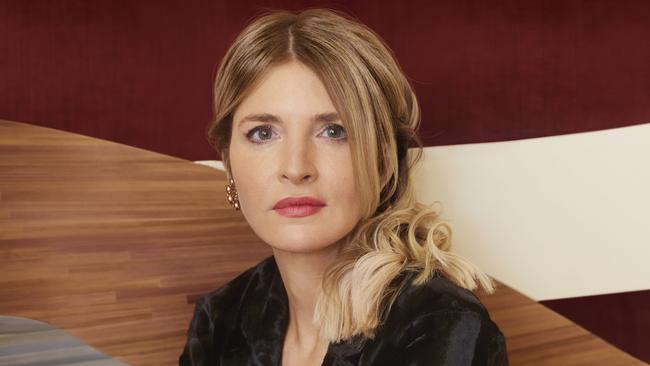Cartier Prive’s nuanced redesigns tick all the boxes for watch collectors
Marie-Laure Cerede, creative director of Cartier’s watches and jewellery, says its collector-focused Prive collections are resonating.

When is the right time to tinker with an icon?
It’s a question that Cartier dallies with for its always anticipated collector-focused Prive launches. Once a year the French jeweller releases a collection that caters to the most ardent and vocal watch collectors, reworking some of its best known designs including the Tank and the Crash. This year it added the Tortue, first released in 1912 and one of its oldest shapes.
For Cartier creative director of watches and fine jewellery Marie-Laure Cerede, knowing when you can toy with a recognisable shape has to do with instinct.
“It’s more about intuition and what we have been achieving before,” she says. Meaning that finding the right time to bring back a shape such as Tortue is about “legitimising” yourself with other shapes and icons first.
“And then you feel it’s the right time, you are ready, you can do Tortue because you have enough to say about the other stories,” Cerede says. “I think intuition is always nourished with people around, with collectors, with markets.”
Updating beloved pieces from the archive can be a question of preservation too, Cerede says, noting the fragility of some of the original pieces.
“I think because there was different era for the creation in watchmaking at Cartier. And for some years now we are connecting more and more to the original pieces of the heritage, which is more and more demanding. Because, for instance, if I take the thinness of the cases of the beginning of the century, it was so thin, all handmade … starting to connect with this shape very thin, very special with a lot of subtle, subtle details.”
Collectors, she says, respond to seeing this preservation of craftsmanship: “I think they feel it. And they start to recollect also the new pieces because they see how vital are to the first heritage.”

One of the highlights of this year’s Watches & Wonders fair in Geneva, the new and more robust Tortue is fitted with a movement that has been shaped to fit the case. One reference has a monopusher chronograph and there are yellow gold and platinum versions. As with all Prive collections, it’s extremely limited in numbers, and in high demand.
Cartier director of style, image and heritage Pierre Rainero says the Prive collections showcase the strength of the jeweller’s designs. Louis Cartier, grandson of the founder and incredibly influential in the jeweller’s history, believed in “mere ideas” or mother ideas after all; that is, ideas that give birth to new ones.
“I think (Prive) is important for the maison because it’s a way of underlining the very specific Cartier point of view on watch design.” Rainero says.
“It has been said that Cartier is about shapes and each of those new variations in a way is an opportunity to show the inner strength of each of those designs in general, but also particularly in their capacity to propose variations totally in line with the original idea of each of them. And to show the affiliation for more than a century in that Cartier specific point of view.”
This is especially true, he says, when you think of how simple the designs are.
“I think that’s the strength of those objects,” Rainero says. “When we think about the recent propositions like the Tank Normale last year, like Tortue this year or like the Crash or the curved Tank, I think we are really at the centre of research about essentiality. Again, in terms of design, there’s nothing more simple when you think of it, of two parallel lines or two curved lines in the case of a Tortue to link two pieces of leather strap.
“Since the creation of their watches, no other better solutions have been found. So that’s probably why a new opus, a new version of those very pioneering inventions is very much weighted for that occasion.
“We work on proportions, we work on lines, we work on depth, work on the dials and (these) things are very interesting, especially for collectors, I think, who look for the little details that distinguish that new version from the previous versions of the previous decades, for instance. So that’s why I think why people are so curious about those new editions.”
As Cerede says, sometime the simplest designs can prove the most challenging.
“It’s always very essential … Everything is meaningful. It’s relevant, very chic. It’s the hardest thing to do when it’s simple,” she says.





To join the conversation, please log in. Don't have an account? Register
Join the conversation, you are commenting as Logout